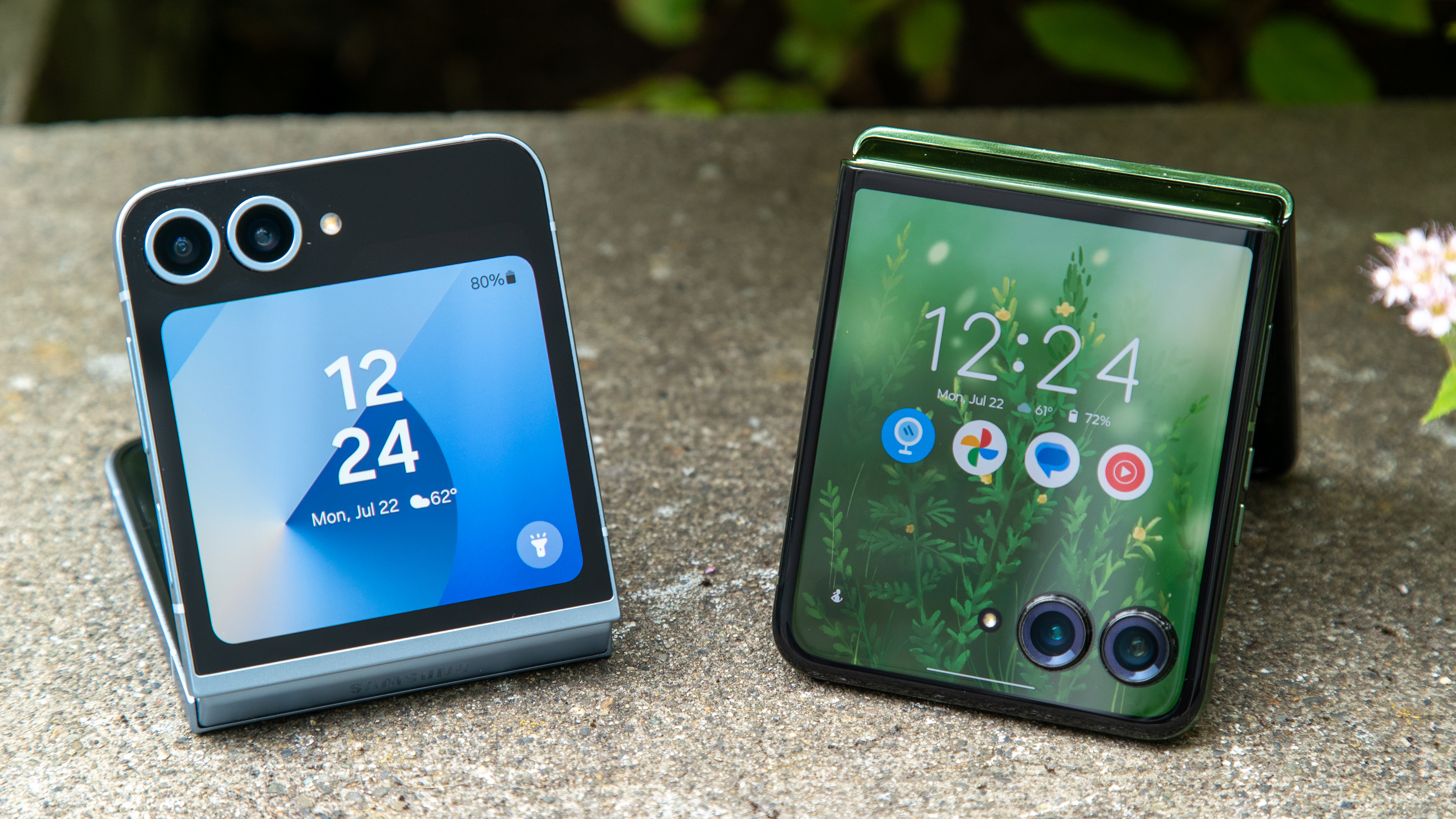
Flip phones like the Motorola Razr Plus 2024 and Galaxy Z Flip 6 have more or less proven that the form factor isn't just a gimmick and that these phones are here to stay. Unlike their larger foldable counterparts that open to reveal a larger tablet-like display, these phones go for a more compact approach by shrinking down to half their size, often with a cover screen for basic controls over notifications and more.
There isn't much in the way of added functionality as you get with larger foldables, but flip phones go for the "less is more" approach, which I have become quite enamored with in recent years. In the absence of compact "mini" phones, flip phones offer a nice medium, in a sense offering the best of both worlds.
However, while the experience of using one is fun, flip phones are far from perfect, and in some ways, they are a half step down from a conventional smartphone. Companies like Samsung and Motorola have worked for years to bring flip phones up to speed with traditional smartphone models, and I think they're almost there.
So, what do I think a perfect flip phone look like, and could we achieve this?
Size matters
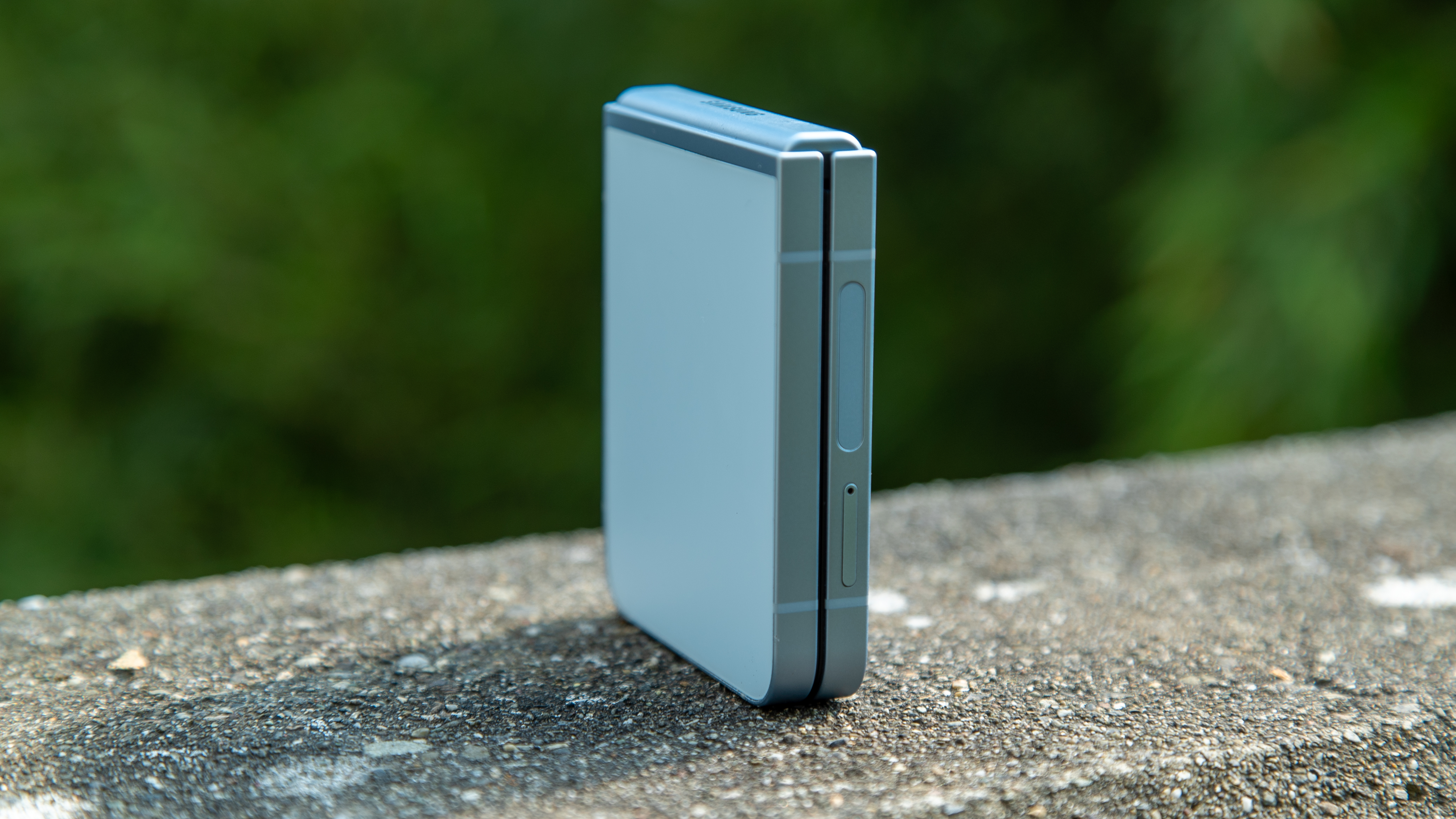
Flip phones are often seen as a more compact version of a conventional smartphone, which is true in some aspects. After all, you're basically folding down a phone to half its size. However, that introduces a new problem: the phone becomes twice as thick when folded.
This isn't that big of a problem with larger foldable phones (unless you're Samsung) because there's enough area to spread out the batteries and other components so that folding the phone gives you roughly the same thickness as a traditional smartphone, with the device getting thinner when unfolded.
With flip phones, the opposite occurs, and the phone gets thicker because you have to somehow squeeze two batteries, two displays, a folding hinge mechanism, and all the other components into the same size as a regular phone. The result is a phone that's often thicker than a folded Pixel 9 Pro Fold and even a Galaxy Z Fold 6 (which is saying something).
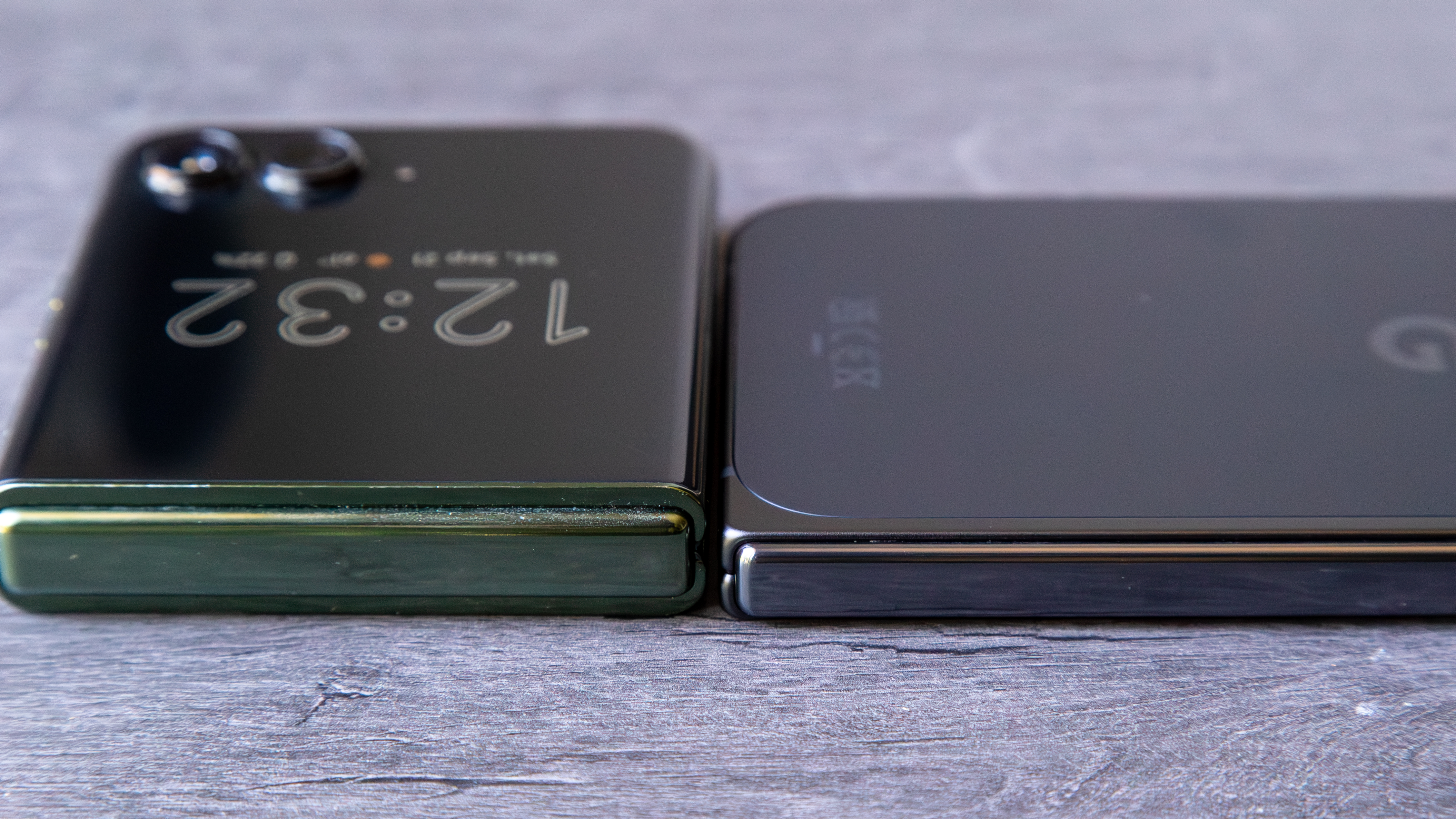
The downside of this is that in my pocket, the phone doesn't take up as much surface area, which is nice, but it does protrude a lot more, which can look a little funny. More importantly, this thickness has prevented me from consistently using cases on my Razr Plus 2024 or Galaxy Z Flip 6 because they just add even more thickness to the phones. And while I love how the Razr feels without a case, I'd feel much better having one on than not, but not if it makes the phone unnecessarily bulky.
My hope is that, somehow, some way, companies are able to minimize the thickness of the phones, perhaps by using thinner and denser batteries or tweaking the hinge designs even further. Of course, this has to be done without trade-offs like reduced battery life or compromising the integrity of the device.
I don't expect this to be figured out in 2025, but I hope to see companies working toward this goal
Changing aspects
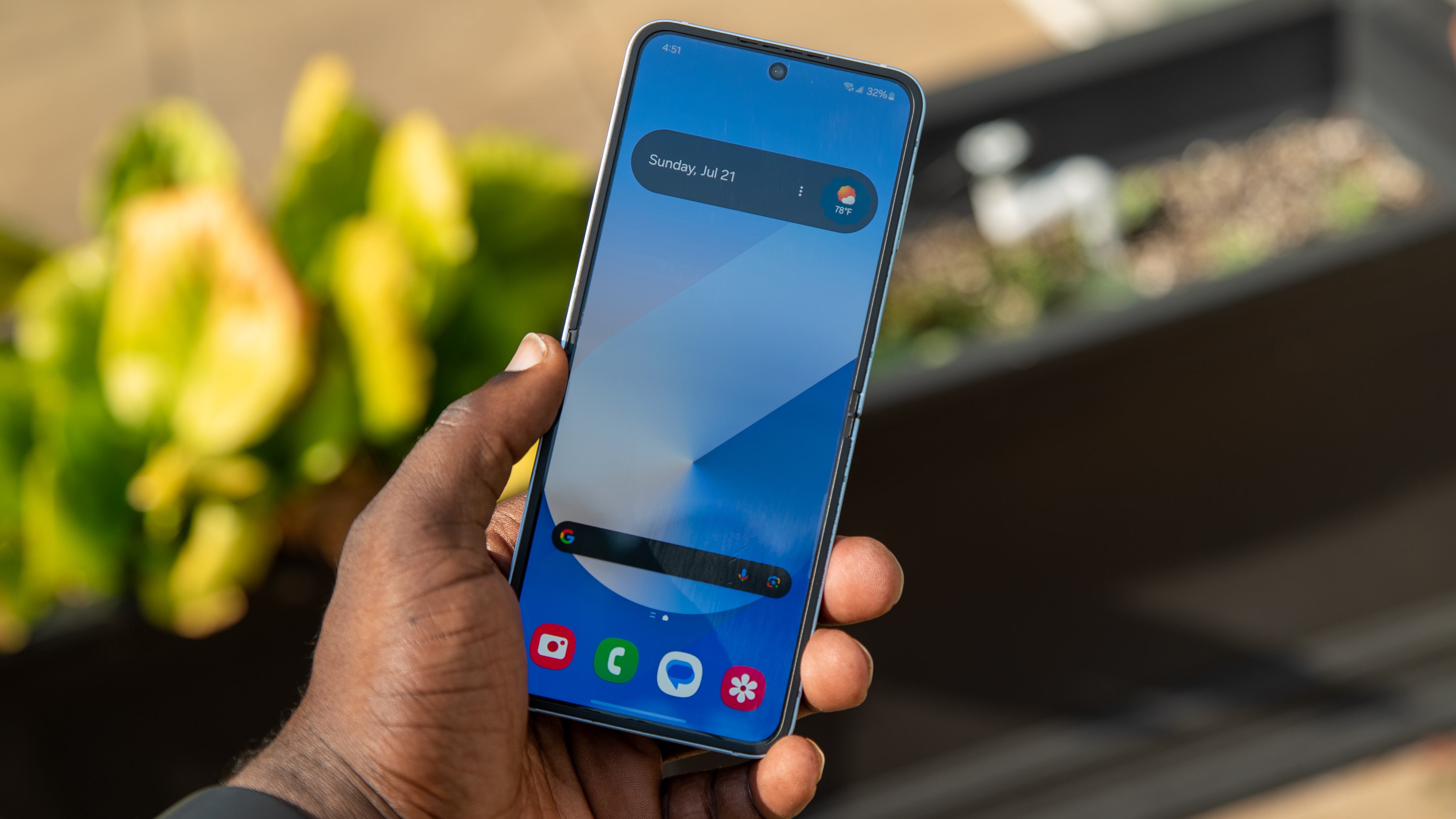
I've never been a fan of the tall 22:9 aspect ratio that flip phones have adopted. It's one thing when Sony started going with 21:9 aspect ratios on Xperia phones to achieve a more "cinematic" look, but there doesn't seem to be an aesthetic reason behind the tall screens on flip phones.
I find tall phones to be a bit of a nuisance for the simple reason that I tend to use my phone one-handed, and I know I'm not alone in this. It's one thing to have a display closing in on seven inches, but it's another thing to make it so that I have to completely shift the way I'm holding my phone in order to reach UI elements toward the top of the display.
Of course, we could start asking OEMs and developers to start changing their UI to better accommodate this, but that's an article for another time.
One flip phone that I think nailed this is the Motorola Razr 2022, which features a more natural-feeling 20:9 aspect ratio. It's a bummer that the phone never made it to the States and that Motorola switched to the taller aspect ratio in subsequent models, but I hope companies can move away from this
The camera problem
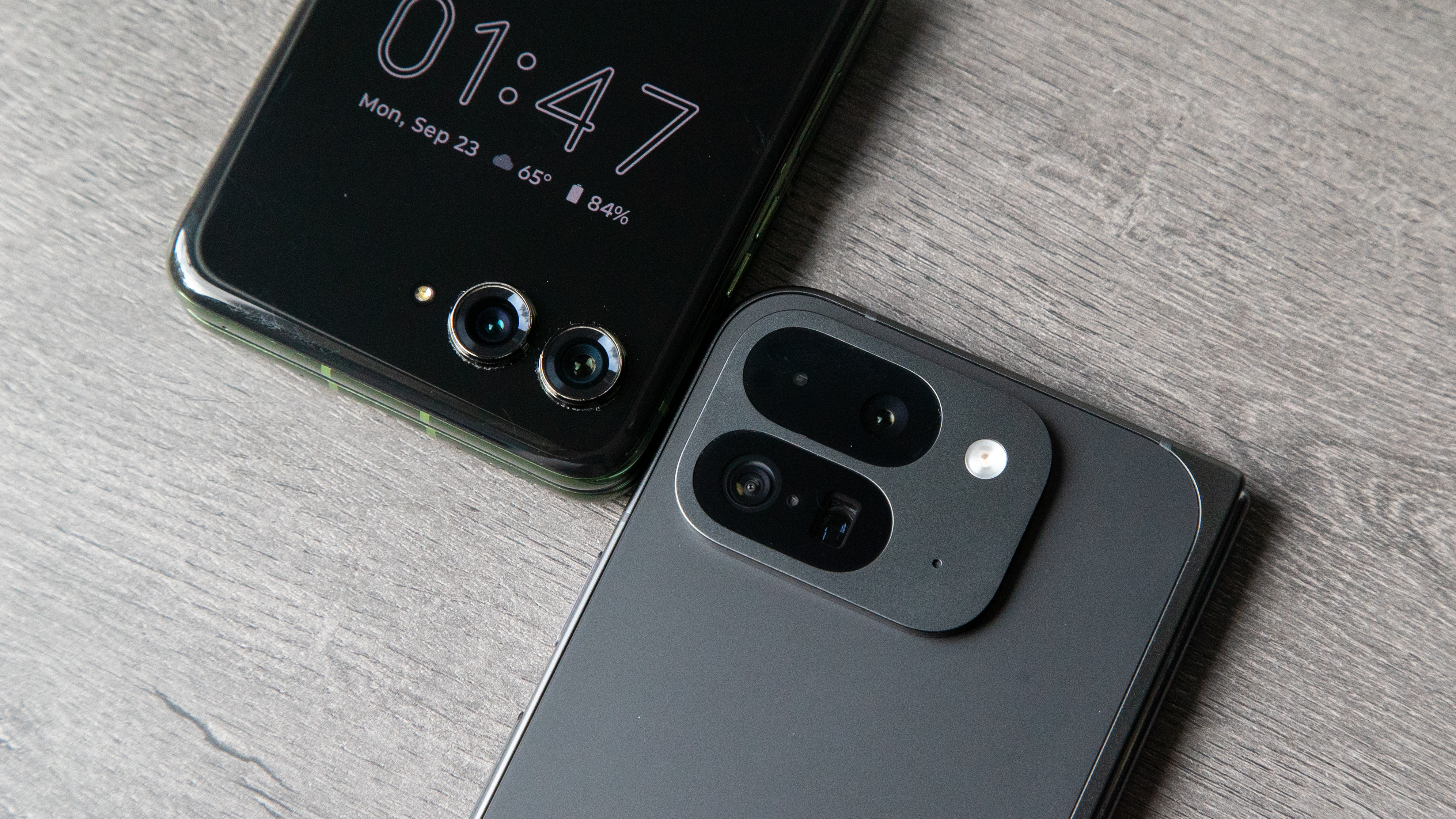
Flip phones aren't known for having the best cameras, especially when compared to more traditional flagship smartphones, and it's really a shame. After all, I'm spending the same amount of money or more for a foldable, so I should have camera quality that matches the best Android camera phones.
That's not to say it's all bad; in fact, flip phone cameras are getting better, as we've seen with the Galaxy Z Flip 6 and Motorola Razr Plus 2024. It's not just a flip phone thing; companies like Google and Samsung tend to skimp out on camera sensors when it comes to foldable phones. It could be a size constraint thing or a cost issue, but either way, something's gotta change if we're gonna continue to shell out $1,000+ for a phone just to get lower-quality cameras.
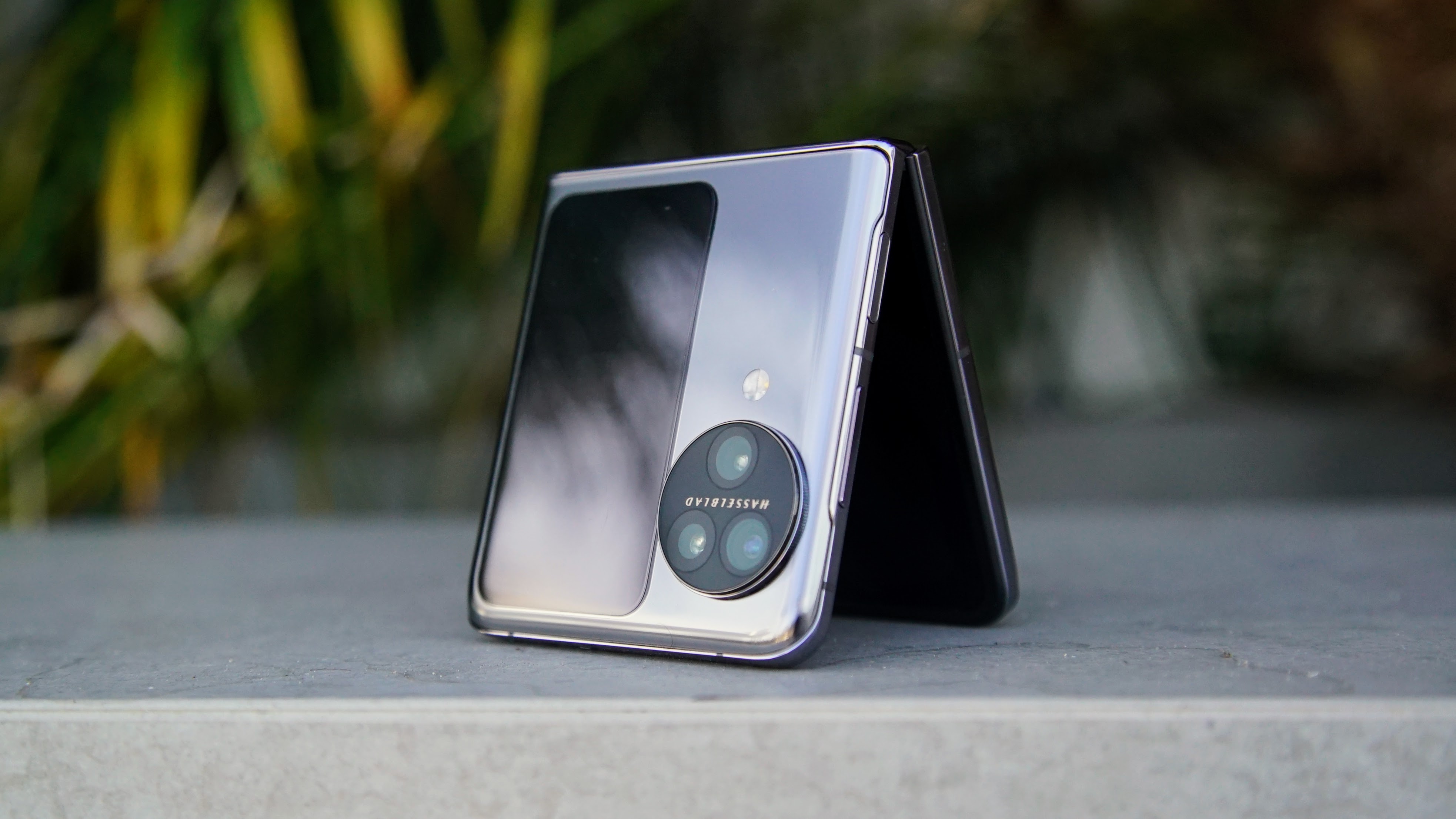
Not only that but flip phones are often constrained by the number of cameras they offer. Most tend to sport two rear cameras, and while a select few from companies like OPPO and Huawei have offered a third sensor, it's certainly not the norm. I would love to see more flip phones with a telephoto camera in addition to a wide and ultrawide.
Samsung has sort of worked out a happy medium with the Z Flip 6 by improving the digital zoom quality using AI. It's a decent effort to get past the lack of a dedicated telephoto camera, but a software solution can only go so far.
If you want a good camera system, you would actually save money by purchasing the Galaxy S24 Plus, which has a third sensor and pretty great cameras. Even the cheapest "entry-level" flagship Galaxy S24 comes with a triple-camera system — with a 3x telephoto camera — and costs hundreds less, highlighting the discrepancy between traditional smartphones and flip phones.
The other camera problem
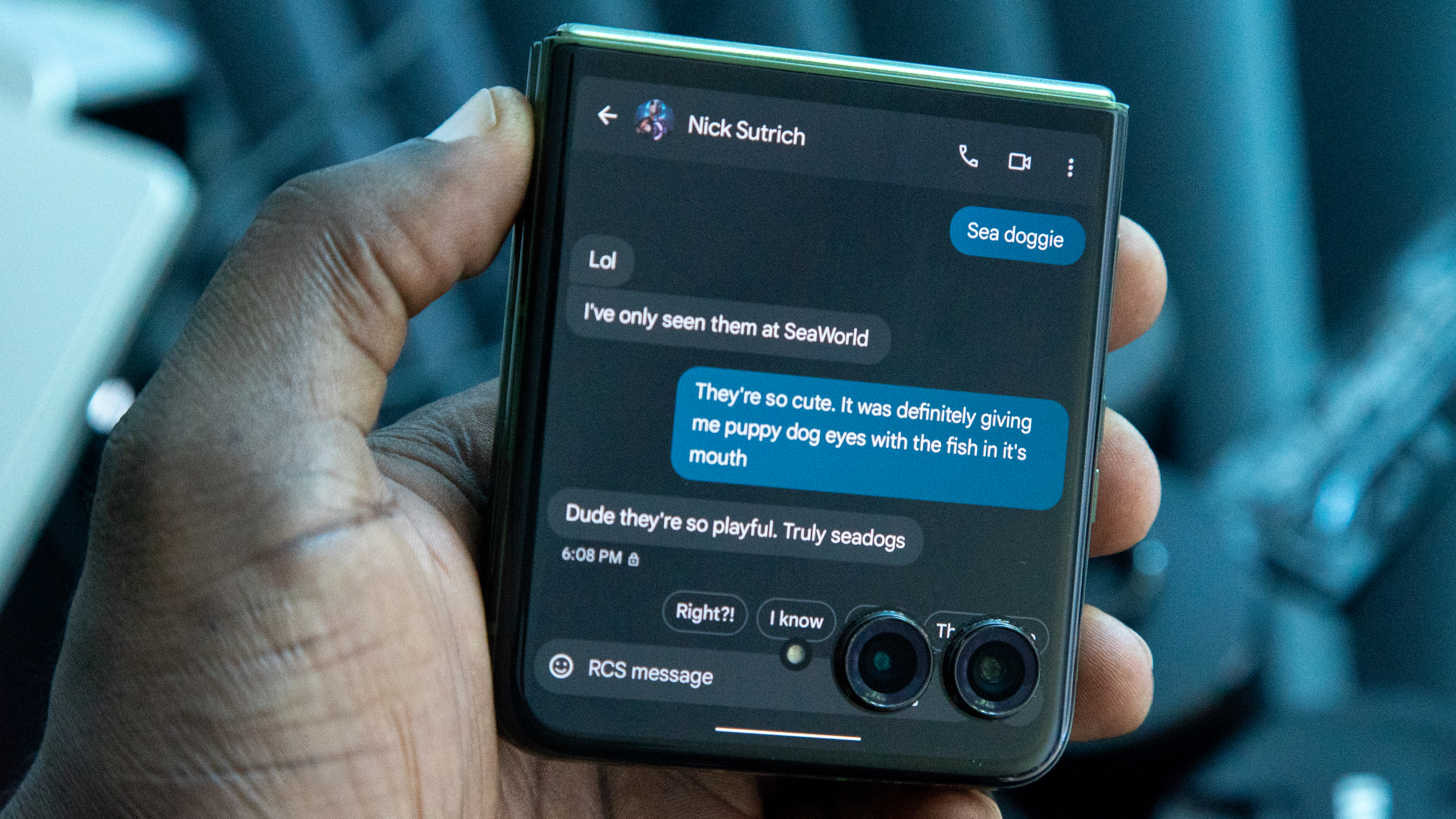
As much as I would like to see more cameras on flip phones, that introduces a new problem that OEMs have to figure out: where are these cameras going?
Because of the ever-expanding cover screens on flip phones, OEMs have to get creative when it comes to the placement of the camera modules. The cameras have to hold space on the same square cover panel as the external display, and they can't obstruct the cover screen experience too much. OEMs have tried different methods with varying levels of success, but they all seem to have downsides.
The Razr Plus 2024 has one of the largest external screens you'll find on a flip phone, but because it takes up the entire cover panel, the company opted for cutouts for the cameras and flash. It works mostly fine, but because the cameras tend to cover certain app elements, Motorola lets you shift the app upwards in a condensed view to access that part of the app. Again, it works fine when using apps on the Razr cover screen, but it's an extra step when doing something like sending a message and trying to tap the Send button, often located on the bottom right side.

For the Galaxy Z Flip 6, Samsung went with an awkward cutout on the cover screen to avoid the cameras completely. The problem with this method is that the overall app experience on the cover screen feels uncomfortably scrunched up. Meanwhile, other companies like OPPO and TECNO moved their external displays or software experiences to one side of the cover panel to avoid the cameras, providing a fully vertical app view. While it seemingly makes more sense, just about every app element is minimized, which actually feels less convenient in actual use.
So, how can we have both a large cover screen and a multi-camera system on a flip phone without one obstructing the other? The only way I can imagine this might work is to adopt under-display cameras so they won't get in the way, providing an unrestricted cover screen experience. Unfortunately, that could result in degraded camera quality, which takes me back to my previous problem with flip phones.
Catching up where it matters
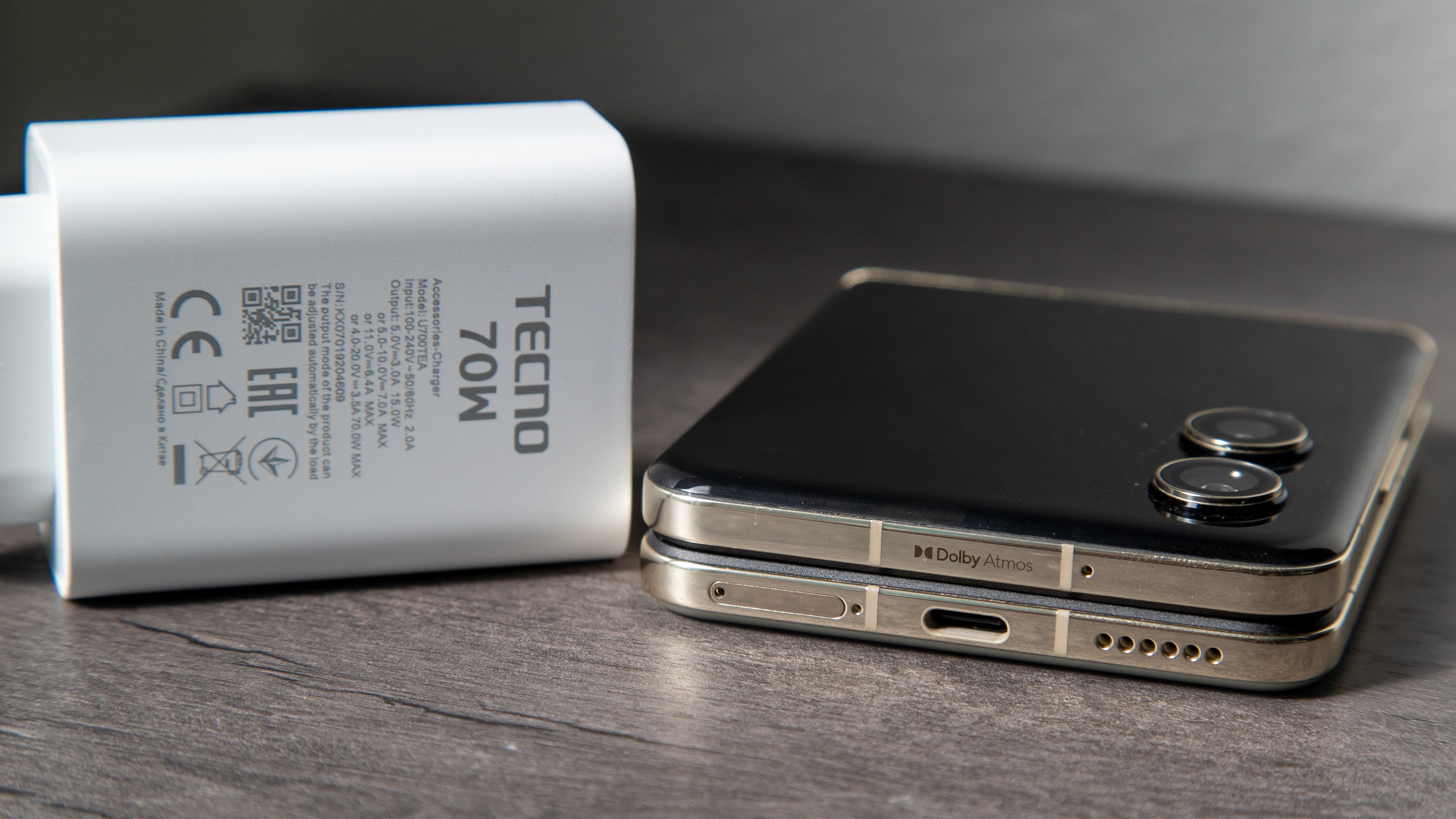
As I've stated, flip phones have come a long way from where they started, and I've been happy to see companies like Samsung and Motorola improve year after year.
In addition to improved camera quality, flip phones have become much more durable and are not able to withstand drops better. They can also be fully submerged in water, and we've even started seeing official dust resistance ratings appear on phones, which should give consumers more peace of mind.
Battery life is one area that still lags, but that's slowly improving as well. In fact, companies have managed to catch up with and even exceed some traditional flagship smartphones. Samsung and Motorola fit 4,000mAh batteries into last year's models, bringing roughly all-day battery life to their phones. TECNO and Xiaomi took it to the next level with the Phantom V Flip 2 and Mix Flip, offering massive 4,720mah and 4,780mAh batteries, respectively.
Those two phones also feature 70W and 67W charging, much faster than the speeds on Samsung's top-end Galaxy S24 Ultra.
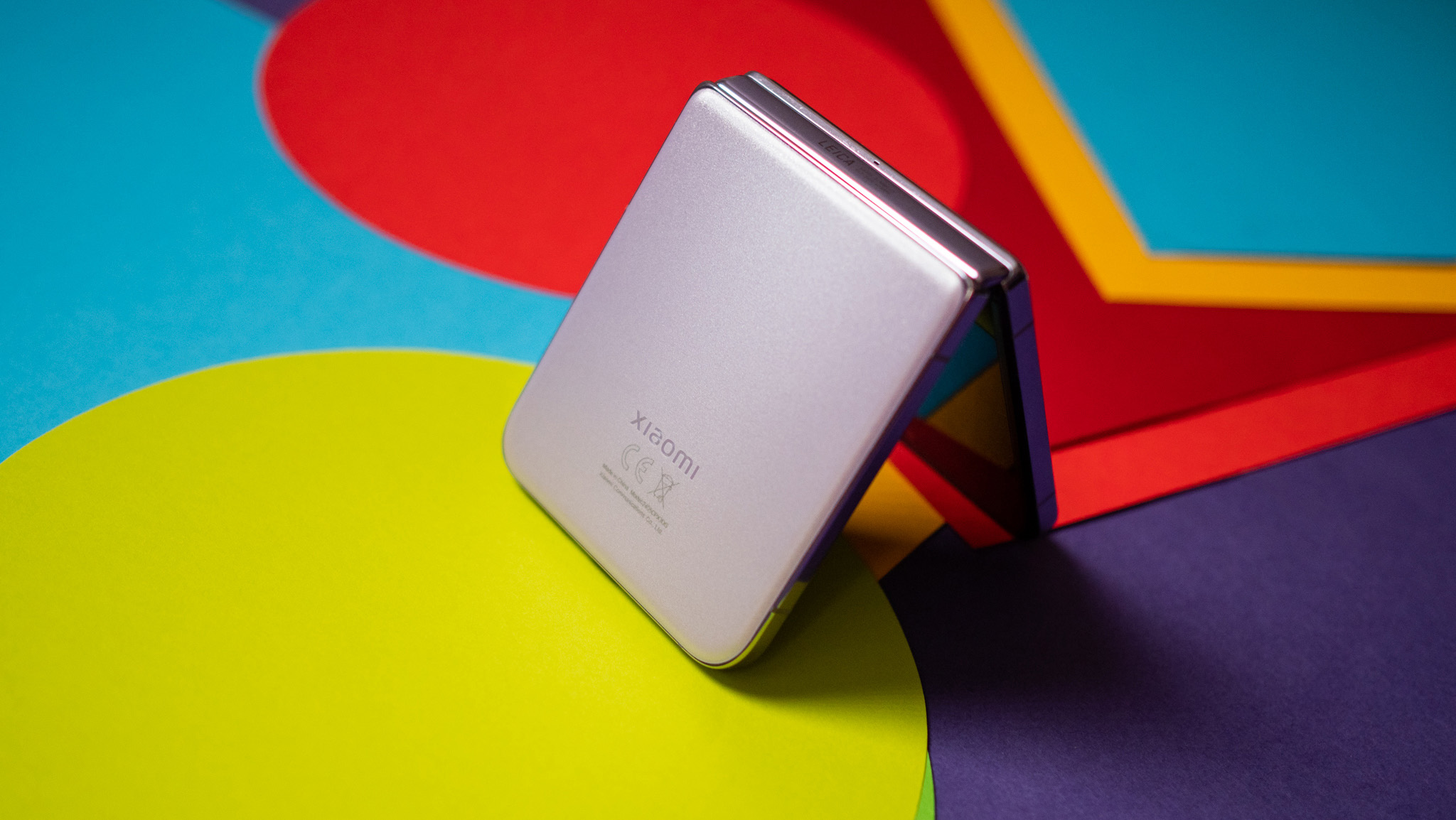
Flip phones are also reaching lower prices, making it a great time to buy one if you've been on the fence. With phones like the Motorola Razr 2024 or the Nubia Flip 5G, you can snag a foldable for as low as $500. That's about the same as you'd pay for some of the best cheap Android phones that don't flip, except now you get a much more interesting smartphone.
These are just some of the ways we've seen flip phones evolve over the years since their resurgence. With these changes and improvements, flip phones are becoming much more mainstream than their larger-screened foldable counterparts, and I can't wait to see how the form factor improve in 2025 and beyond.
My perfect flip phone
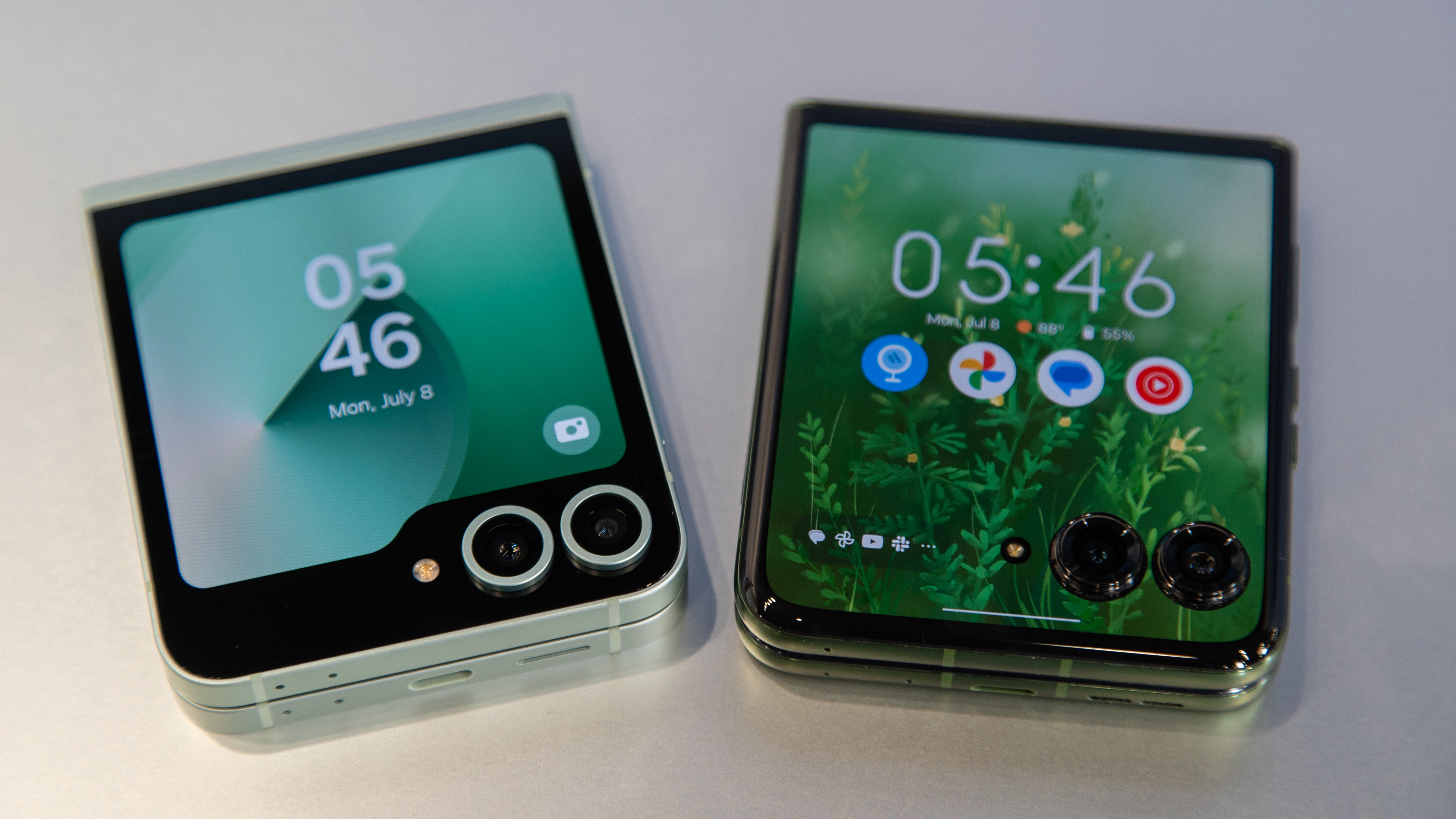
Now that I've outlined my current issues with flip phones and the ways the form factor has improved, it's got me thinking about what my perfect flip phone would look like in an ideal world where I could have my way when designing and building my own phone without restrictions.
Of course, no phone is perfect (although some of them come close), and my thoughts are likely to change throughout the year and in years to follow. For now, this is what I would like to see in a flip phone:
The device would feature a design similar to the Motorola Razr Plus 2024, complete with curved edges and an expansive cover screen. It would have a 6.7-inch display with a 20:9 aspect ratio and measure no more than 11mm when folded (roughly half that when unfolded).
The battery would have a capacity of no less than 4,000mAh, and the phone would charge at 67W with support for Qi2 (with built-in magnets).
There would be three 50MP rear cameras hidden under the cover screen, including wide, ultrawide, and telephoto sensors, with camera quality matching something like the Pixel 9 Pro or the OnePlus 13. The front-facing camera would also be an under-display unit.
The UI? One UI 7, but with the ability to natively run apps out of the box without needing to rely on Good Lock.
Basically, I want a phone built by Motorola with Samsung's software and Google's (or OnePlus's) cameras. Much of this sounds a bit farfetched, although who knows what flip phones will look like in a few years, especially when Google and Apple decide to launch their own models. Until then, I'll be looking forward to whatever Motorola or Samsung bring us in 2025.







